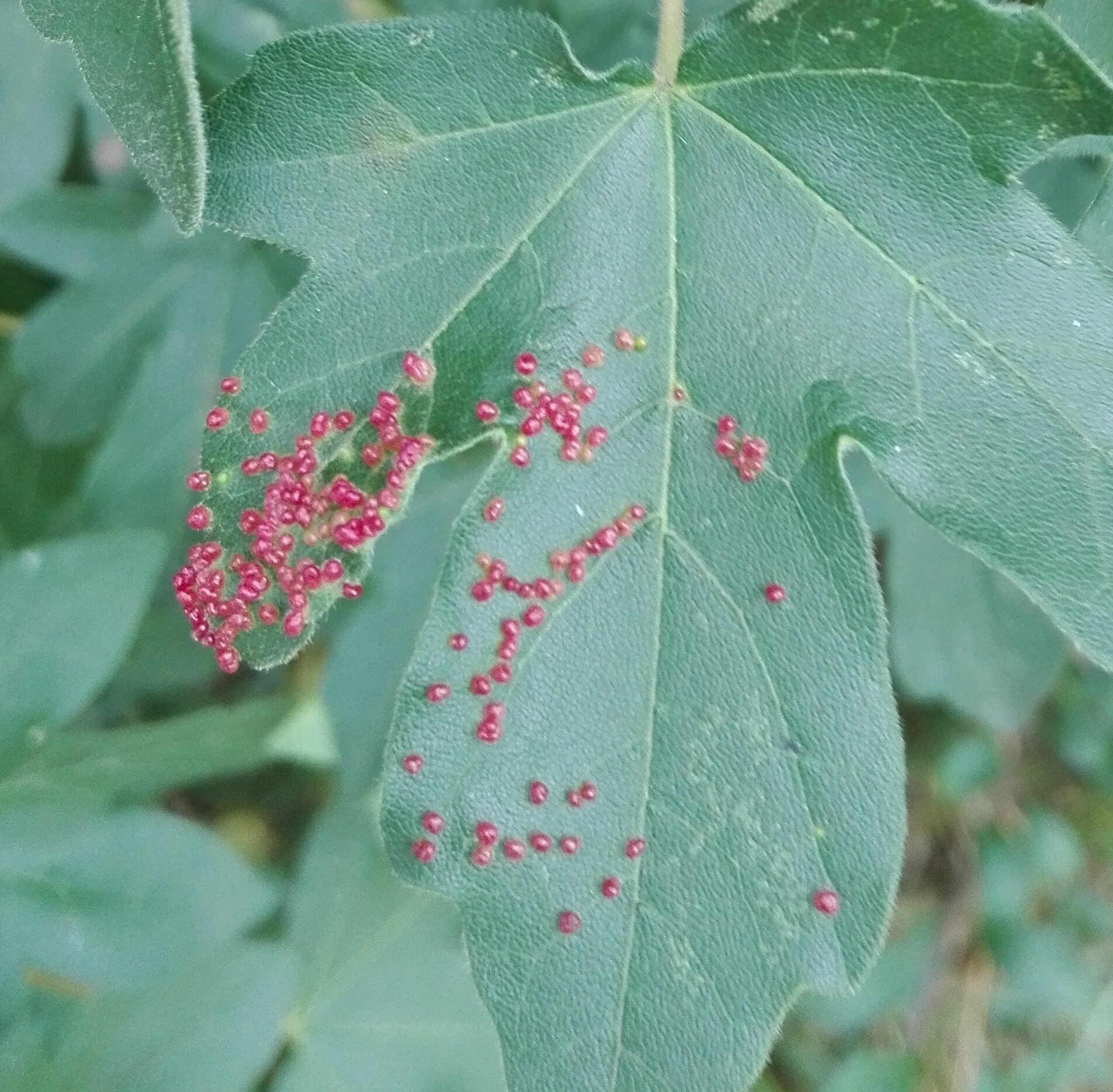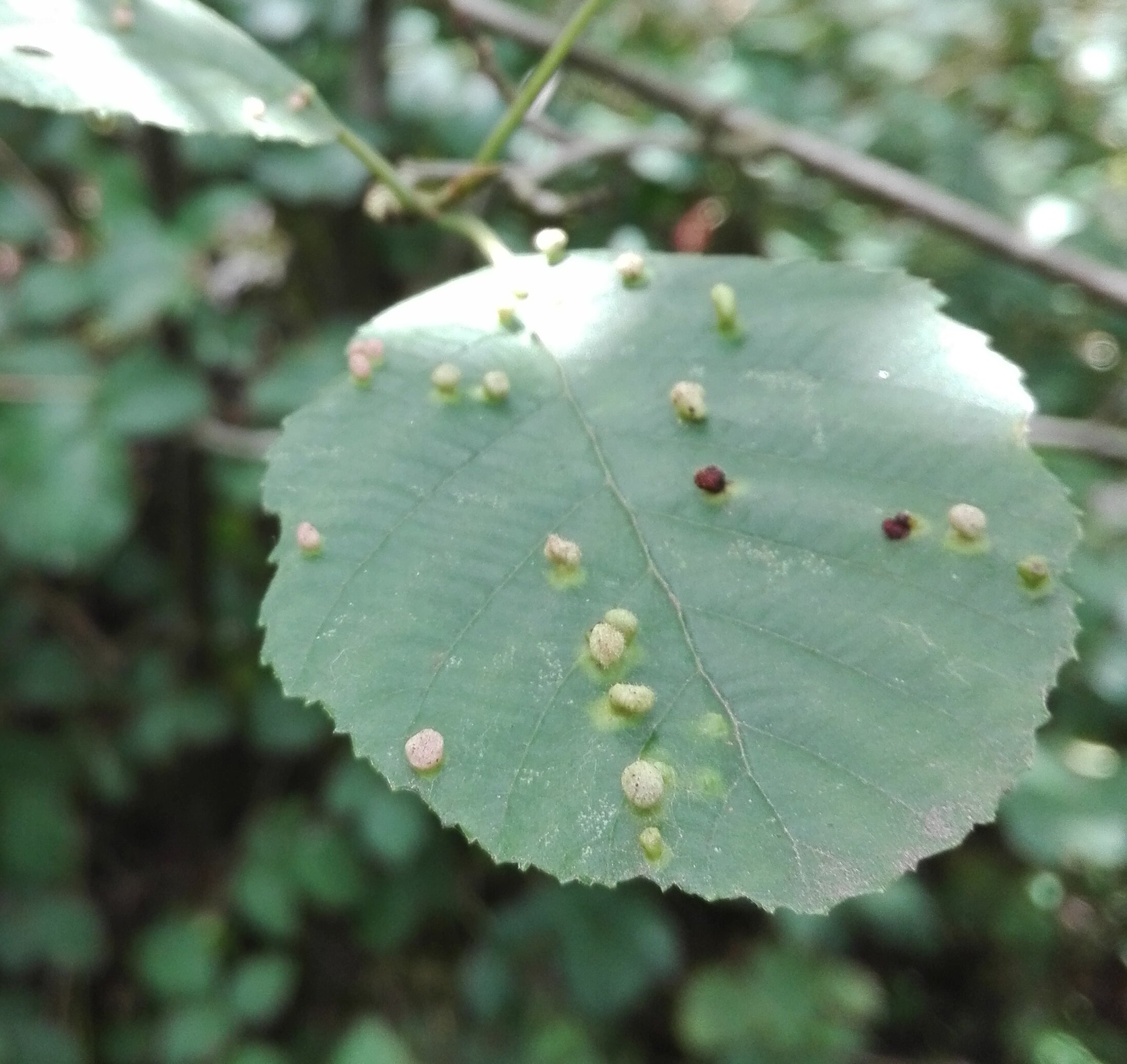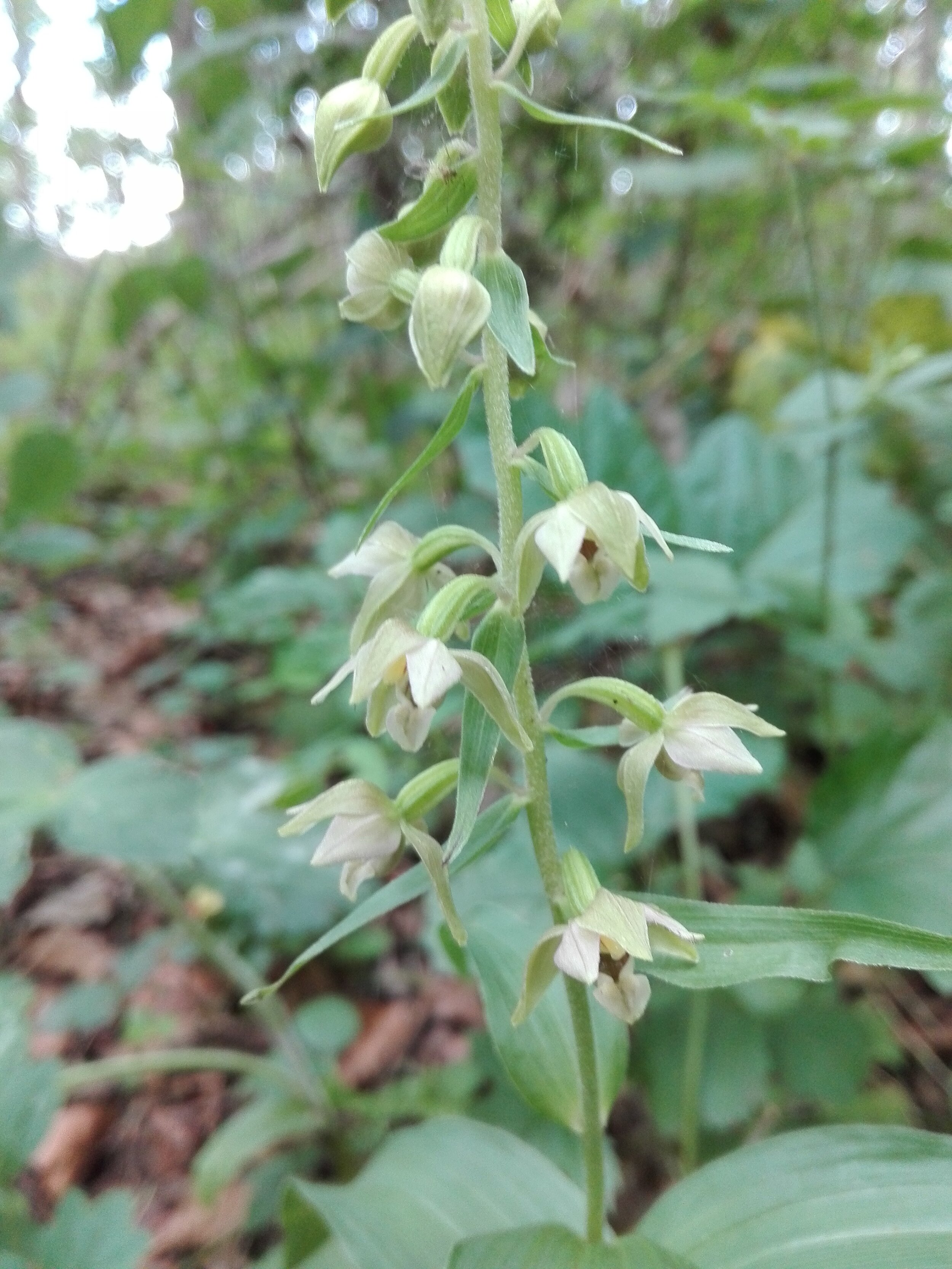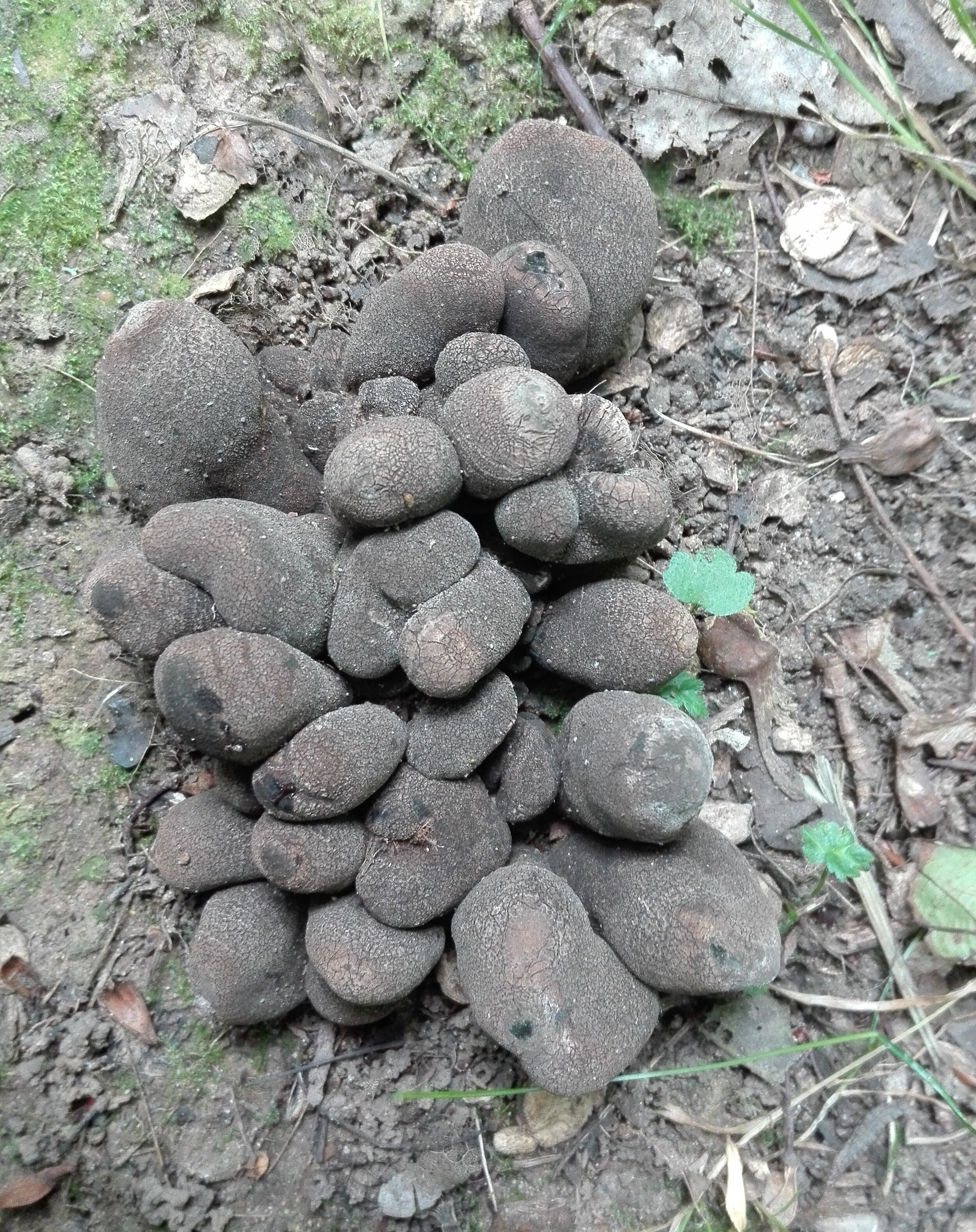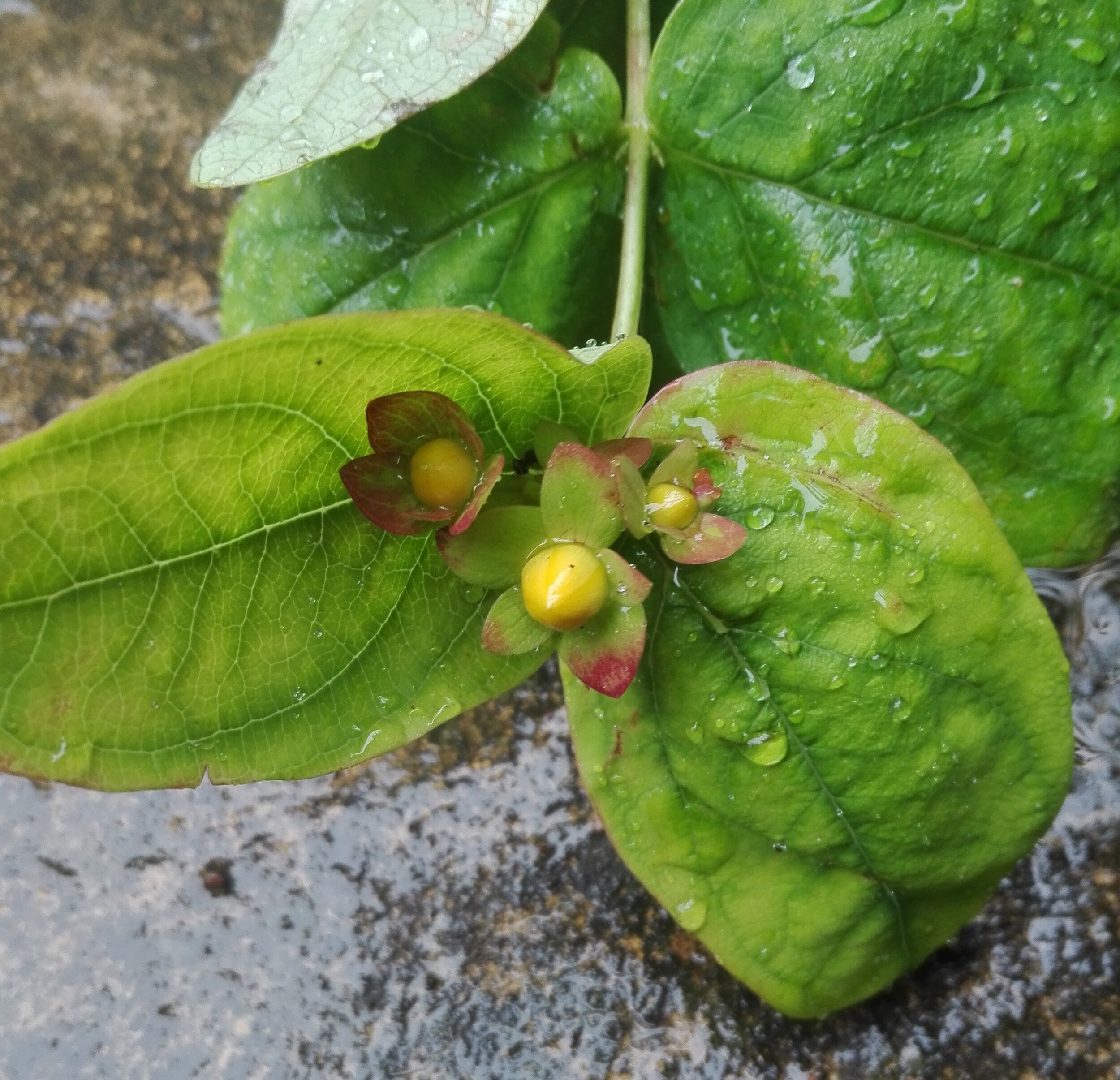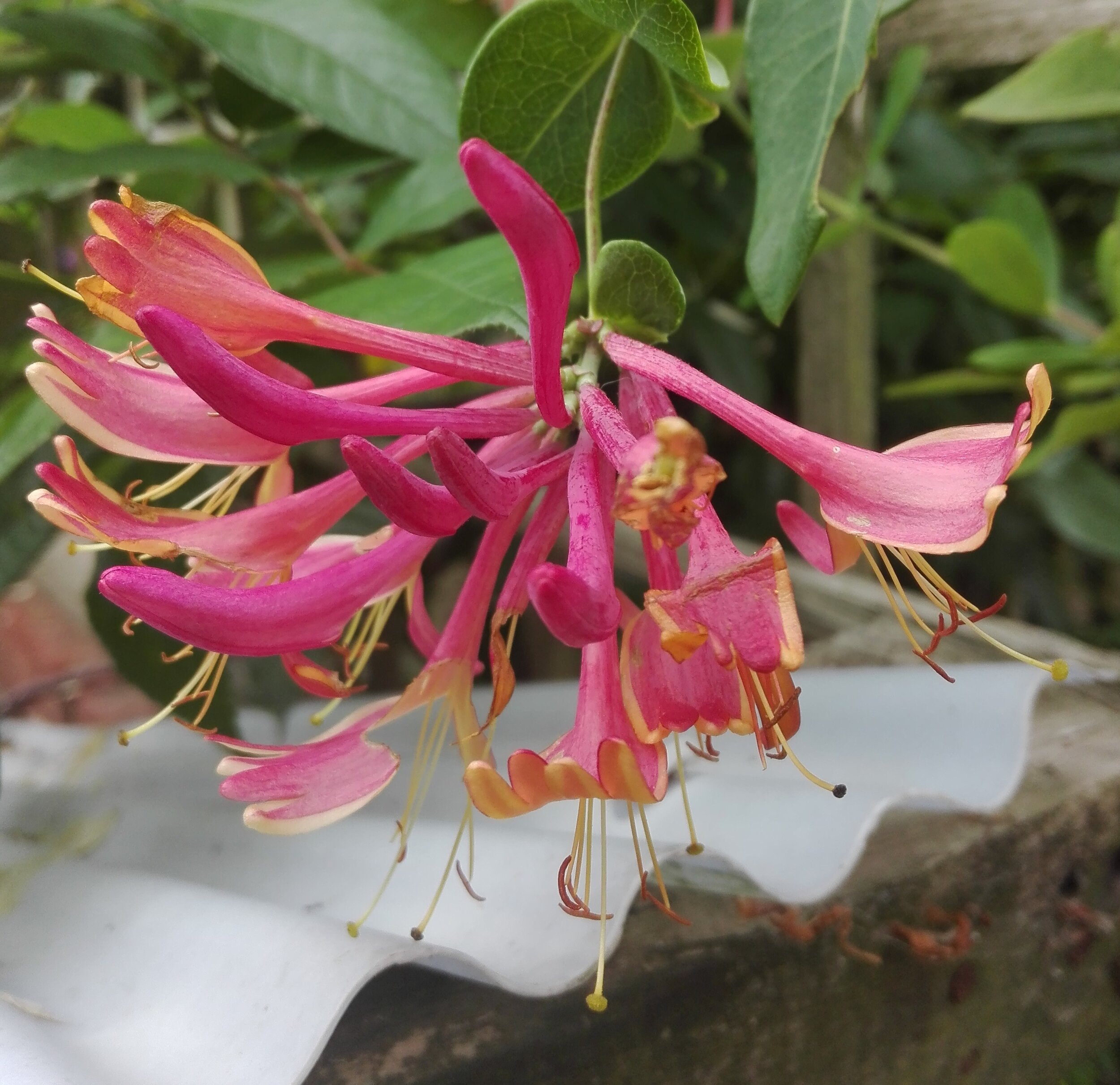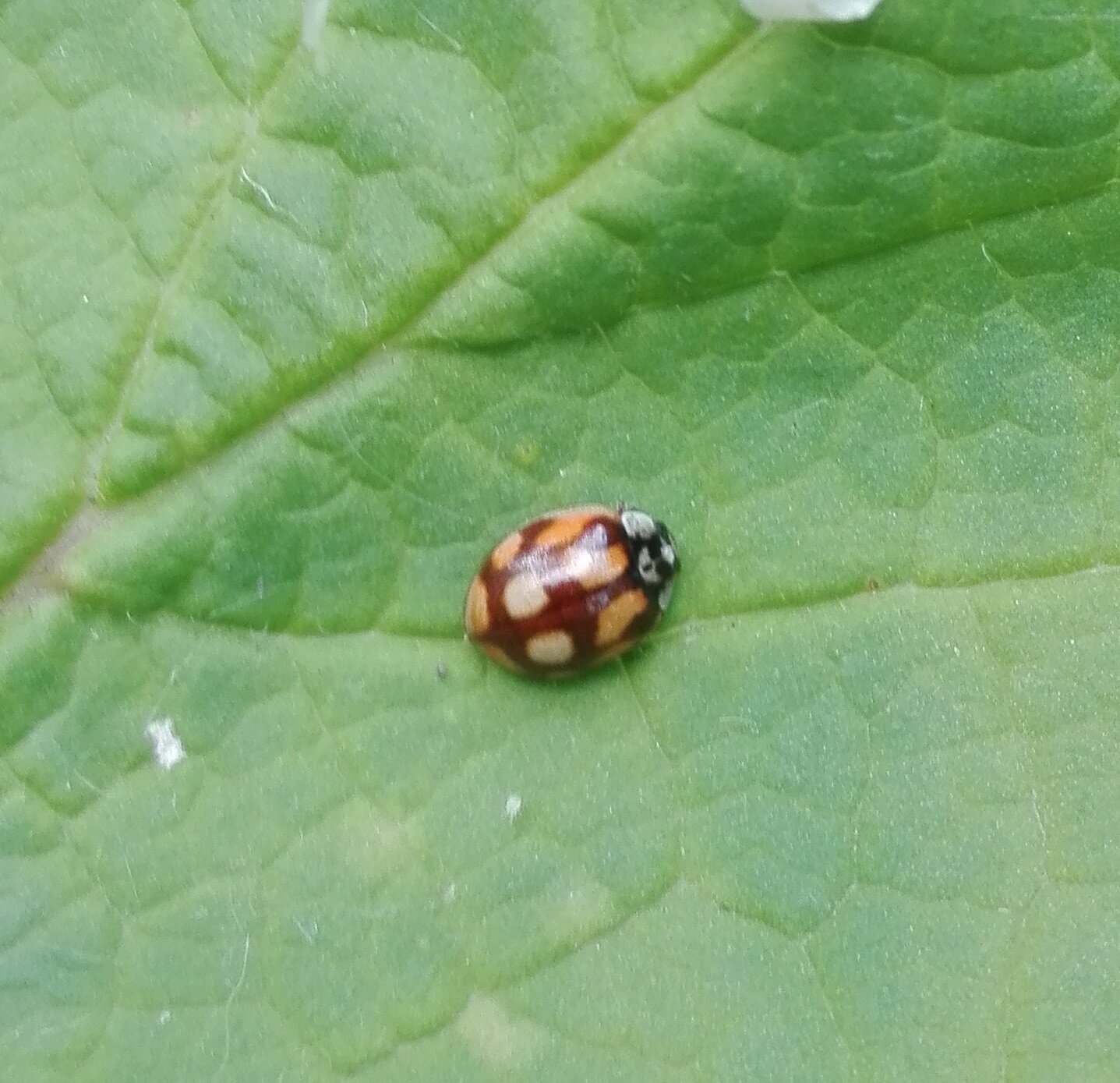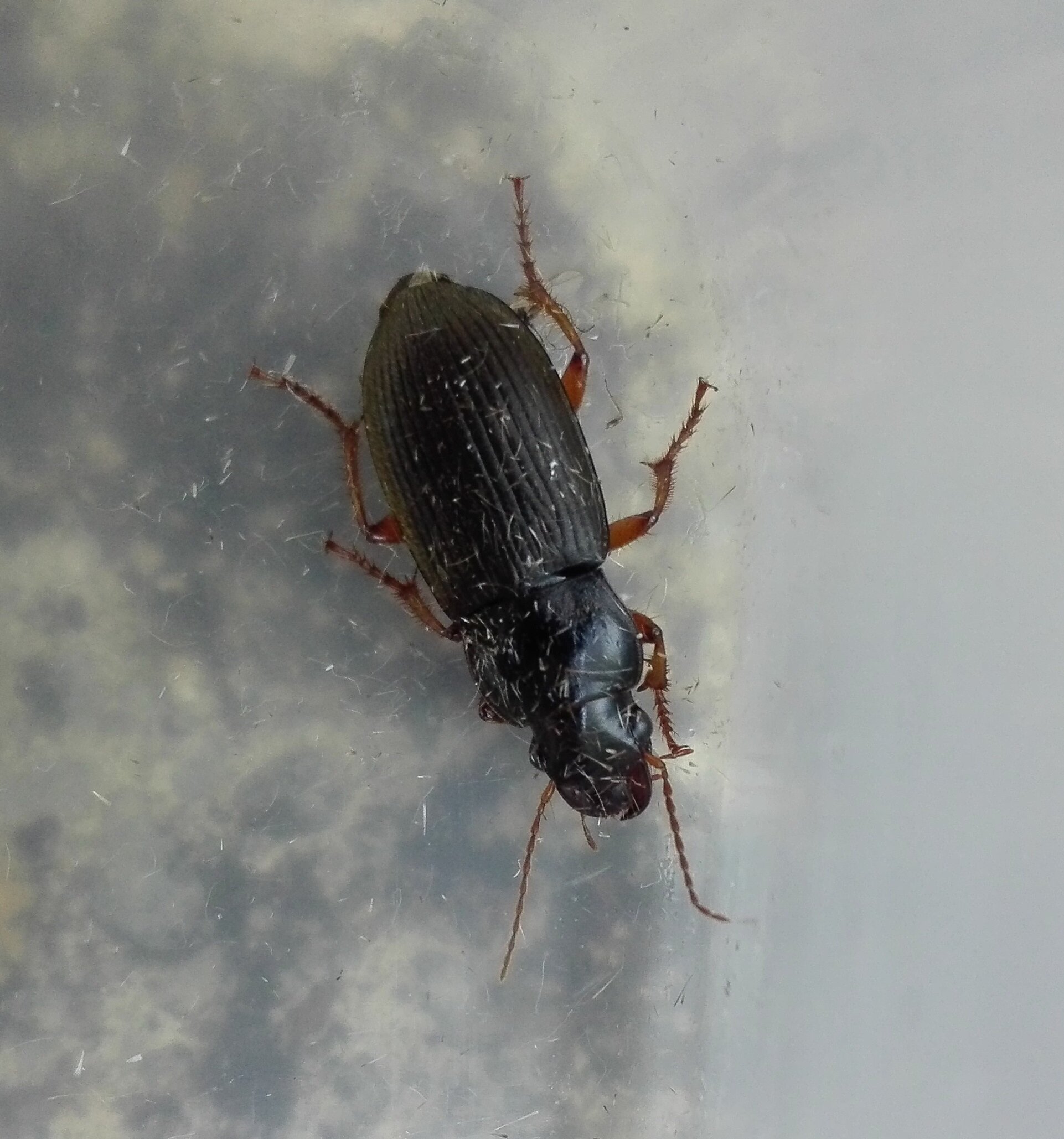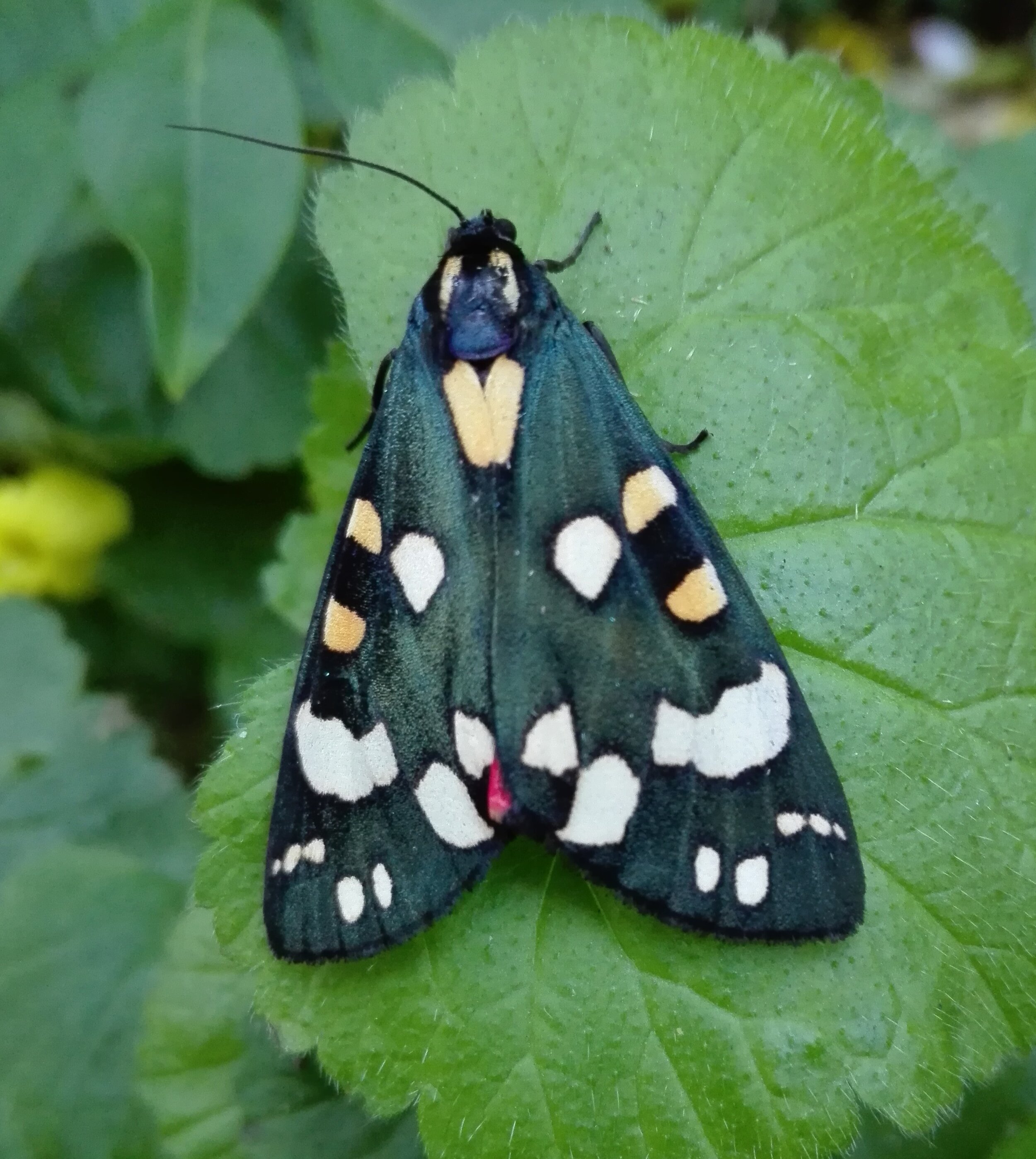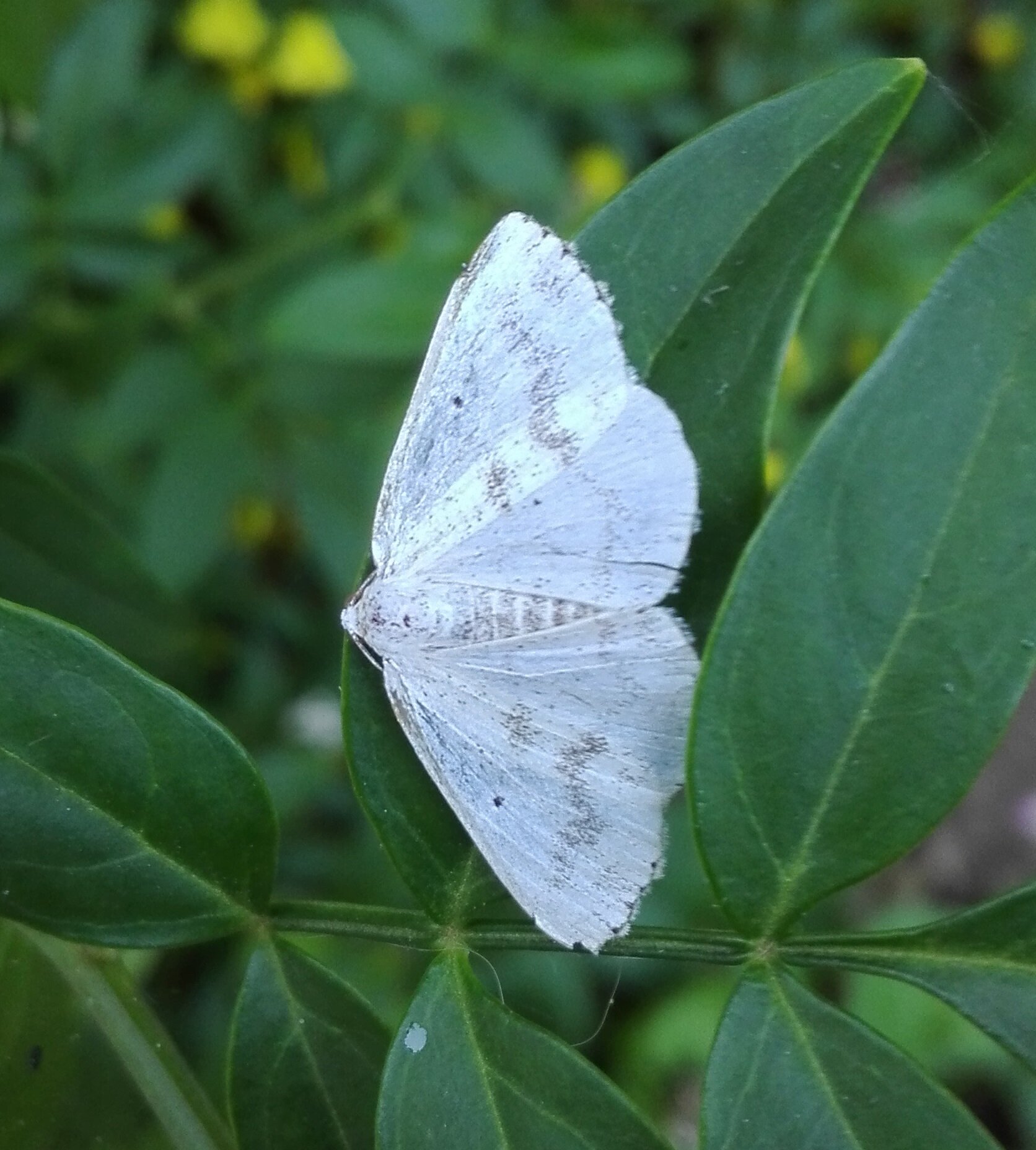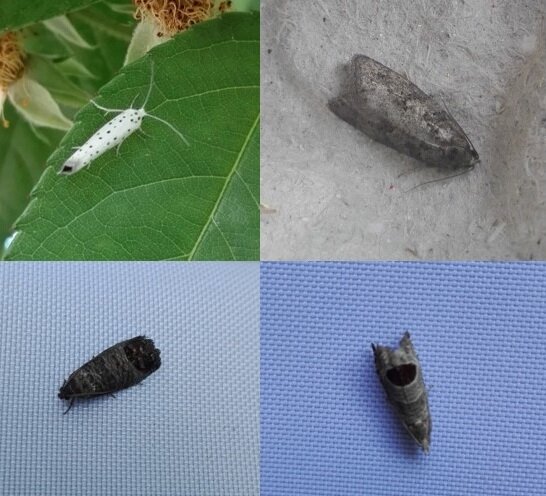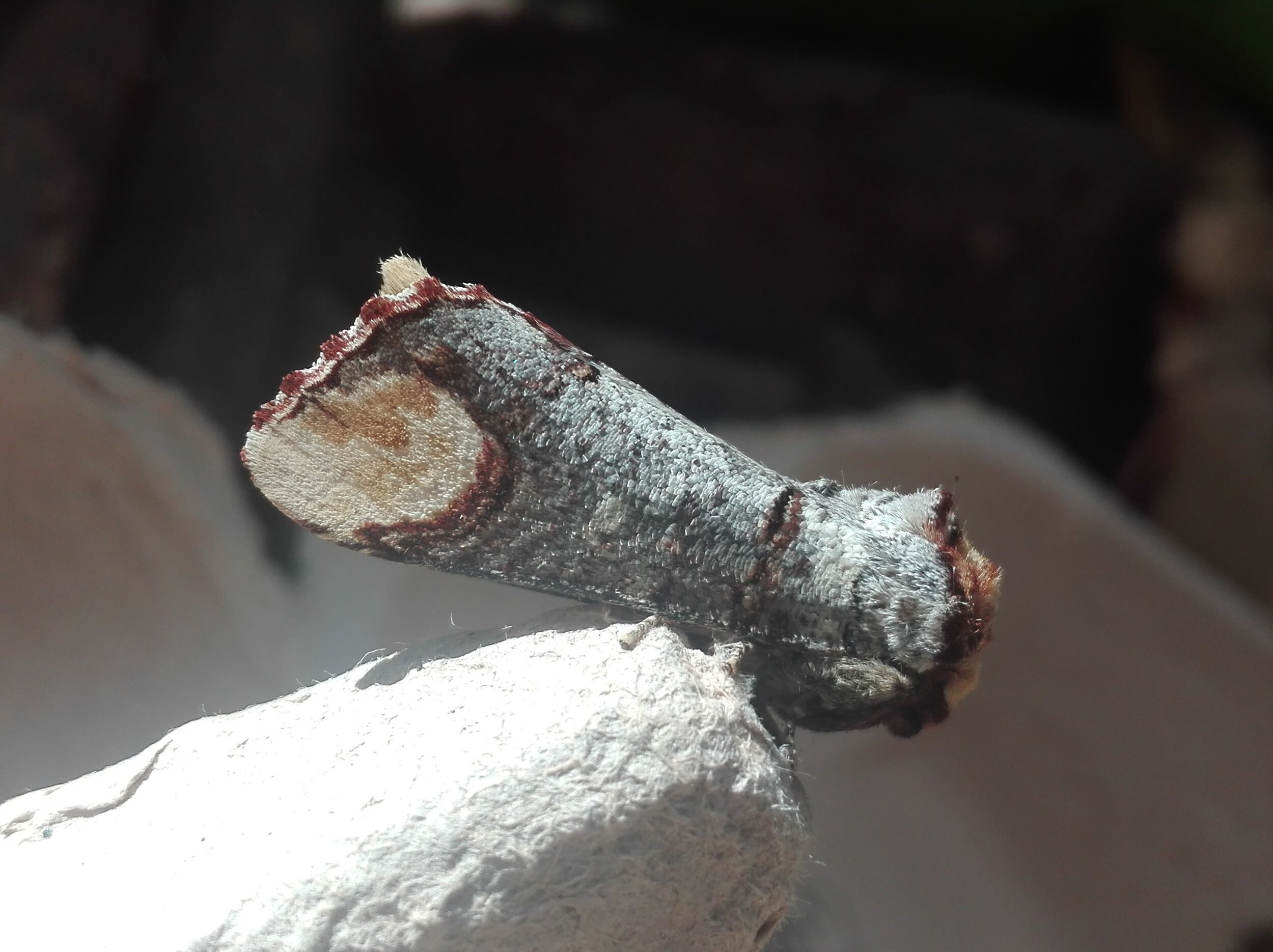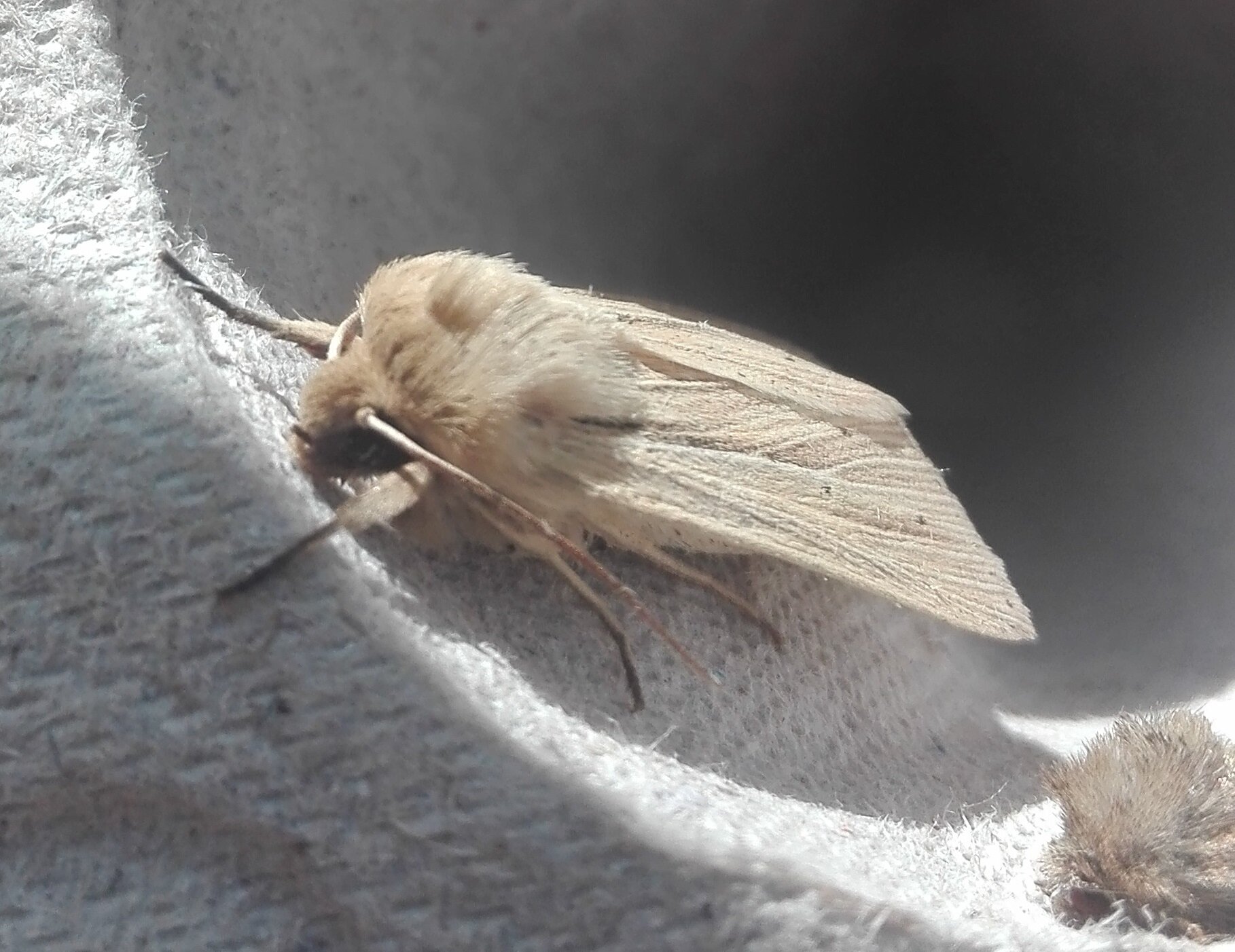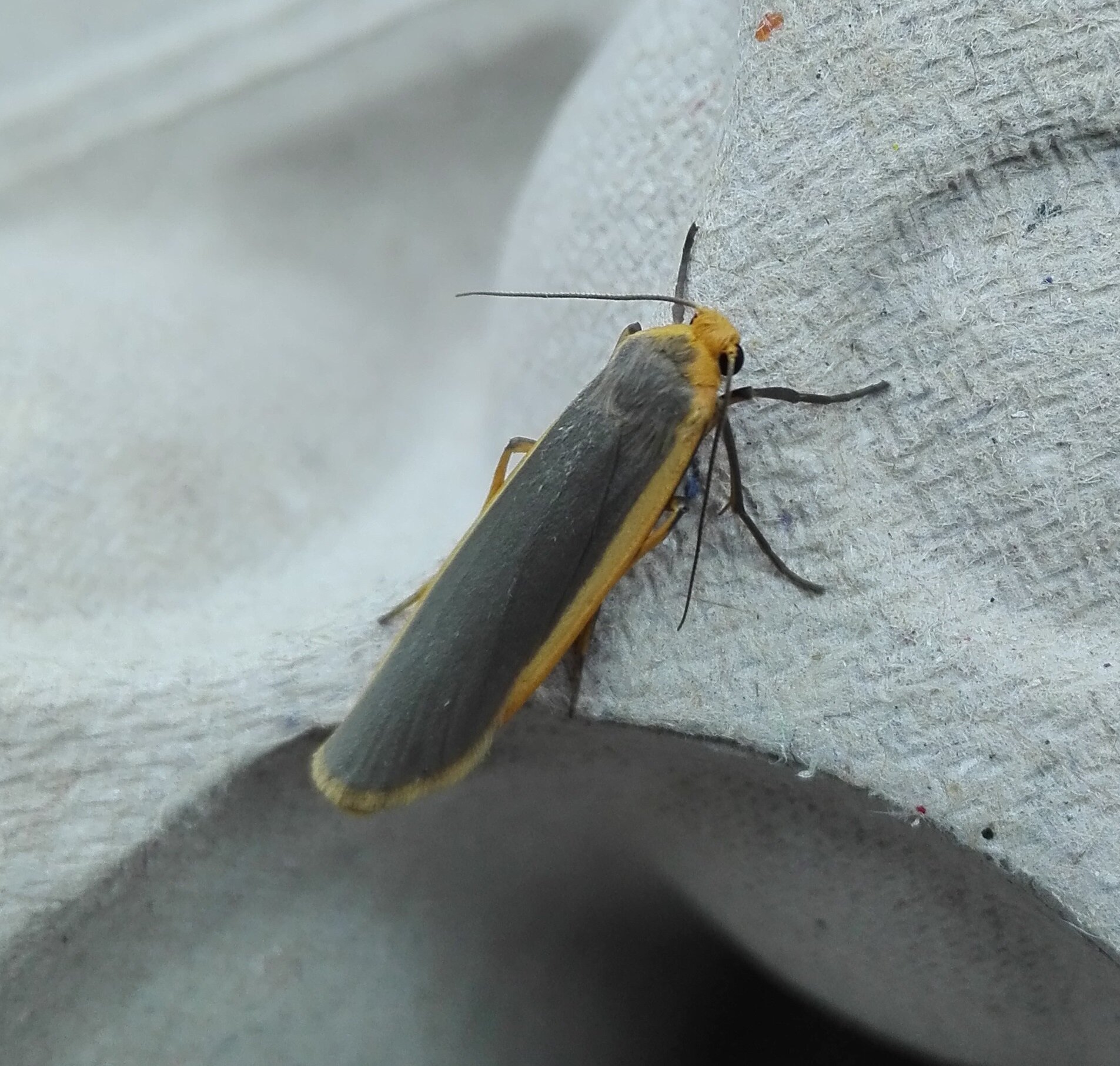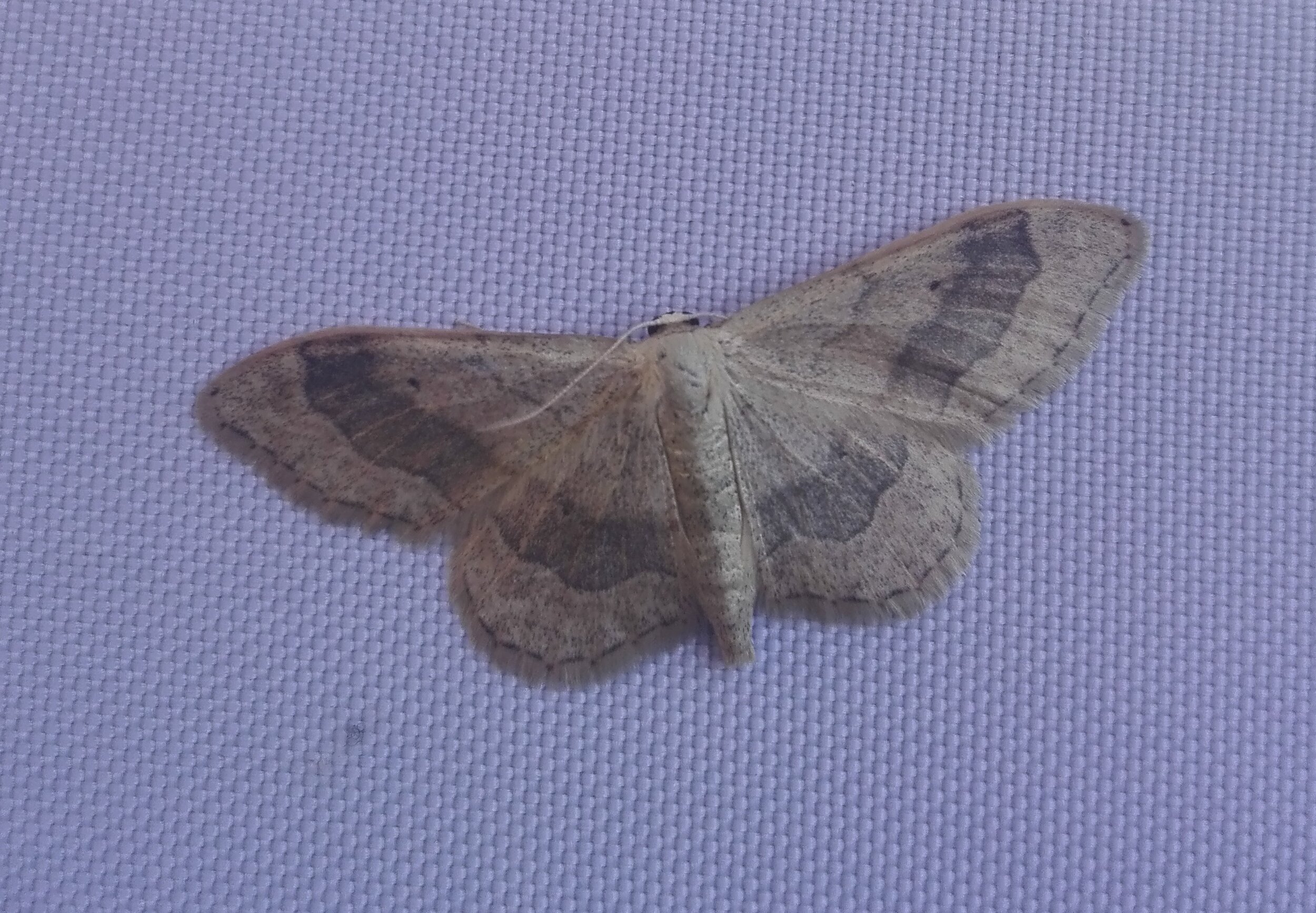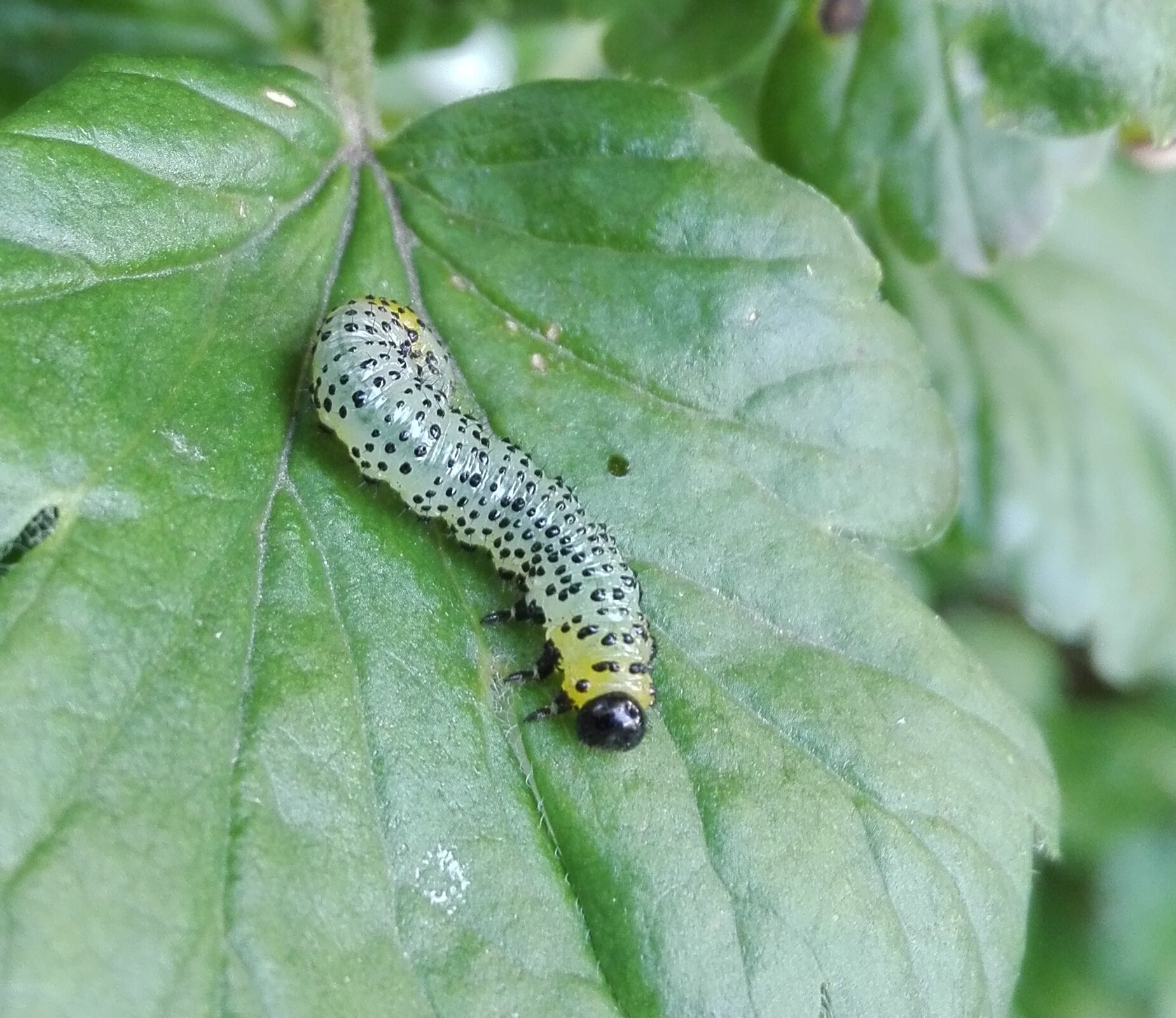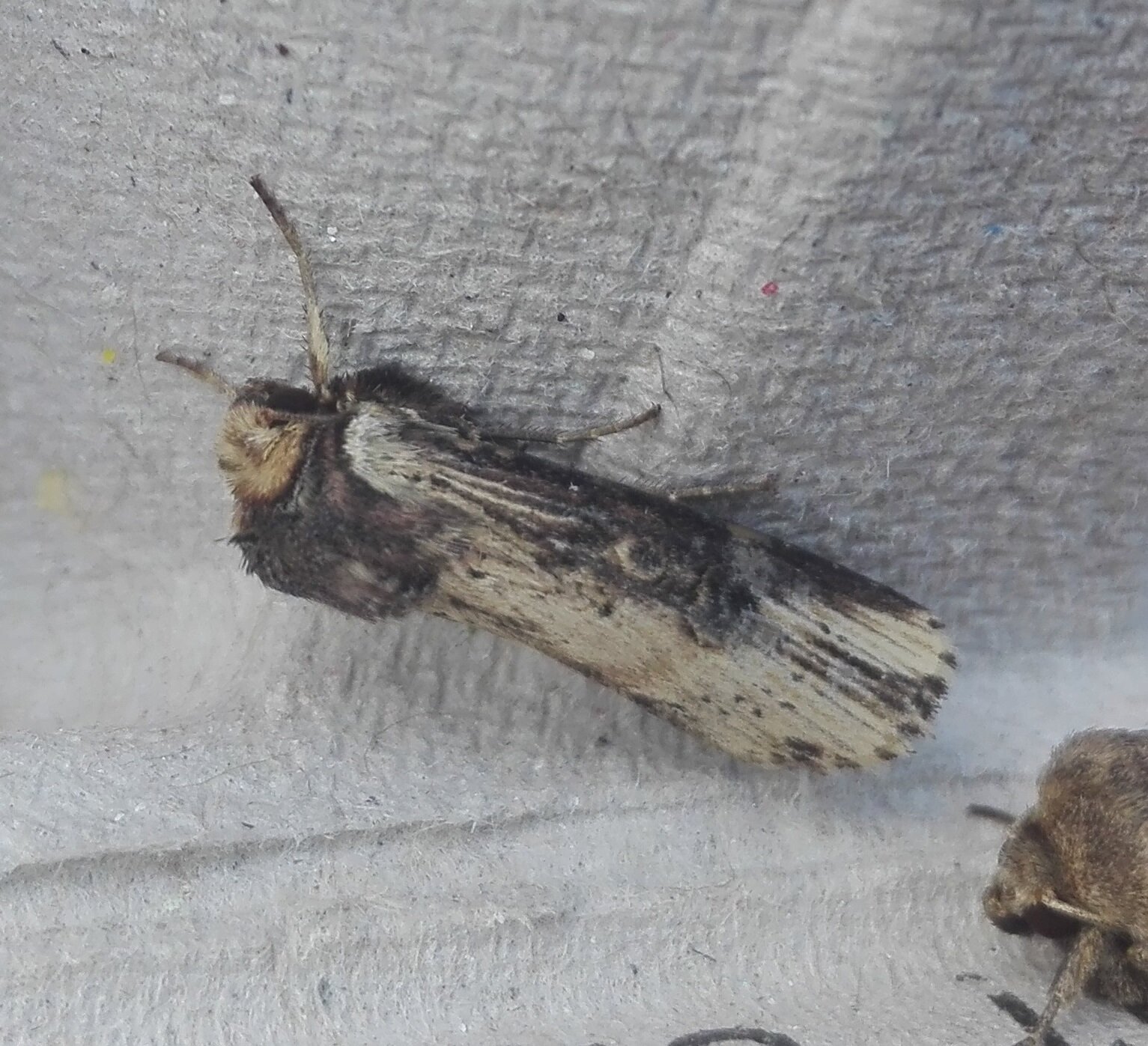Common Shrew (Sorex araneus, #653)
/I apprehended the cat following this shrew across the lawn, presumably having just caught it somewhere nearby. It’s a Common Shrew (Sorex araneus) and my first garden shrew. It is identified as Common rather than Pygmy Shrew by the thin, hairless tail and by the brown flanks sandwiched between its dark back and pale belly. Shrews secrete an unpleasant tasting fluid from their skin, which makes them less appetising to predators, and especially pampered cats,, so this one was relatively unhurt.

















